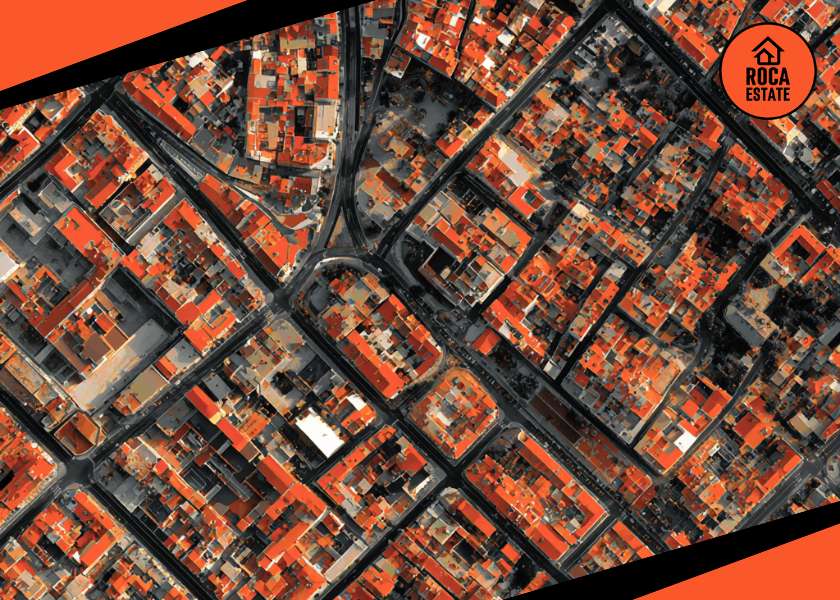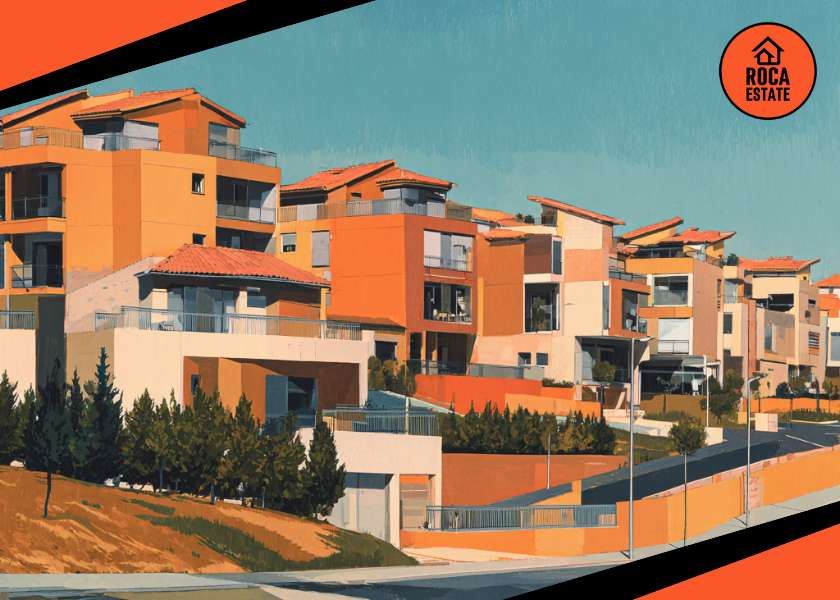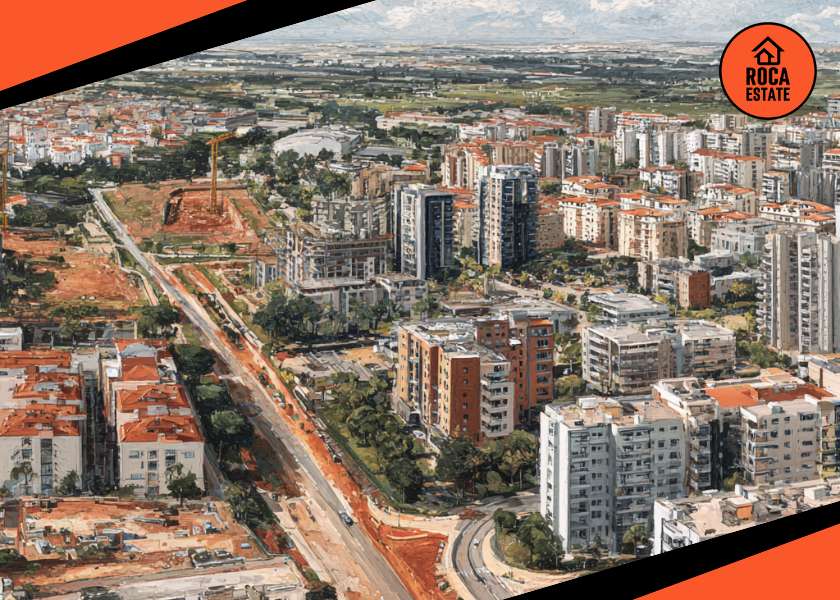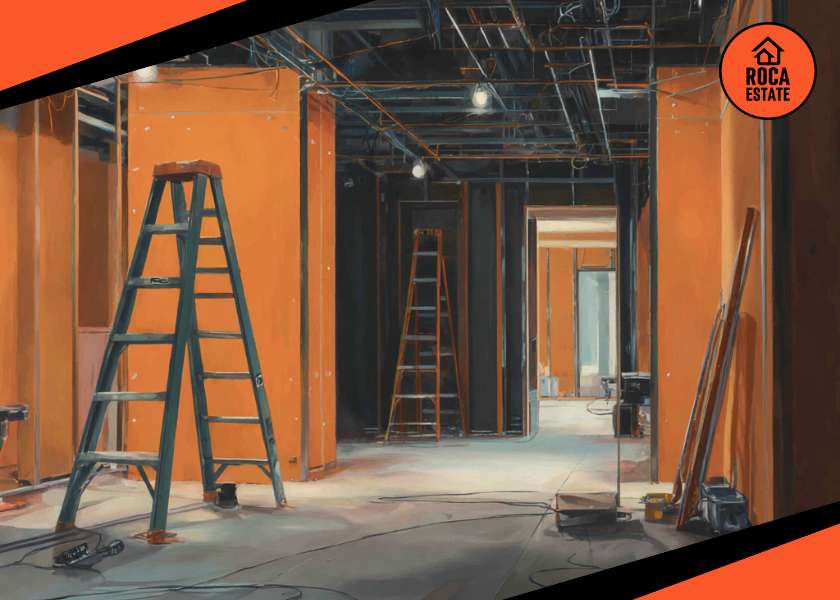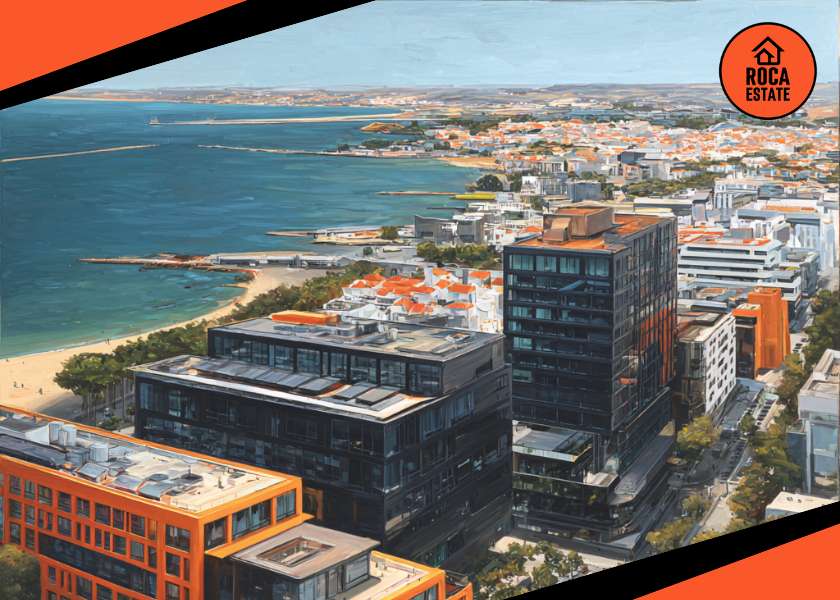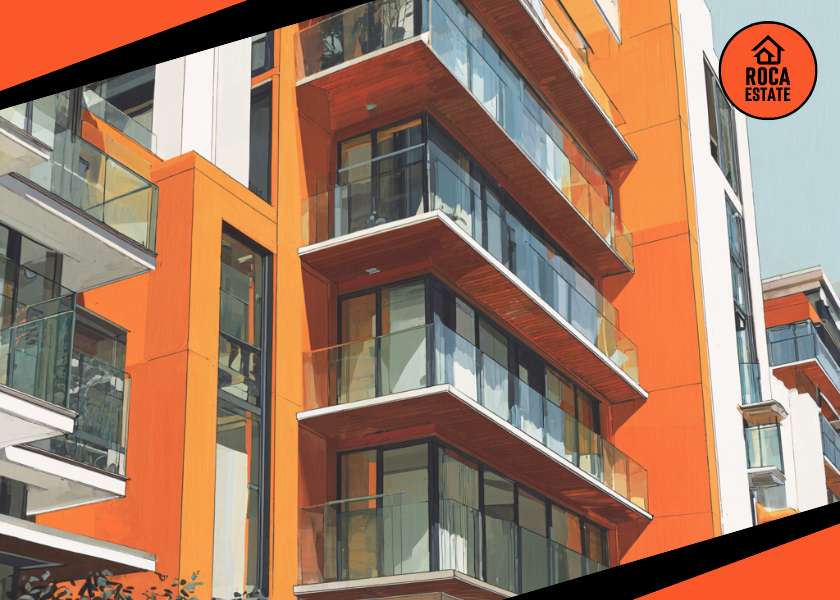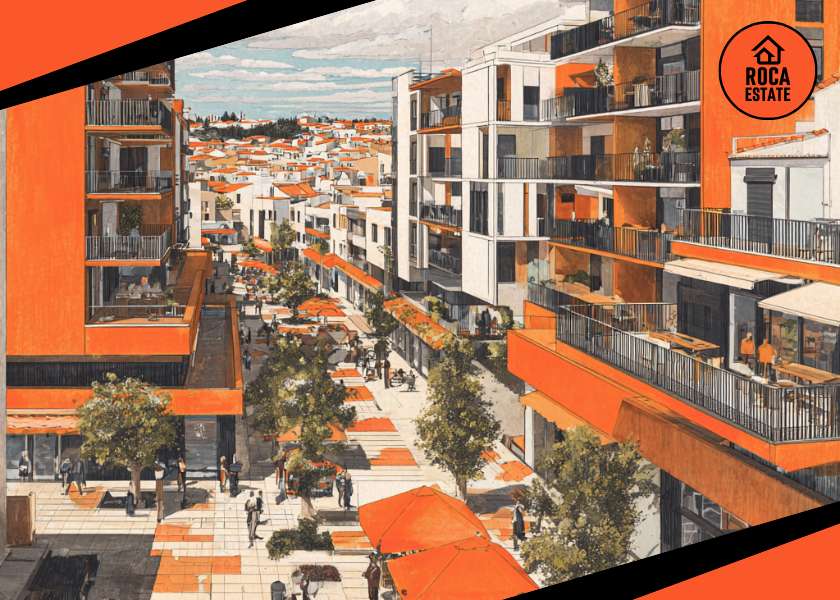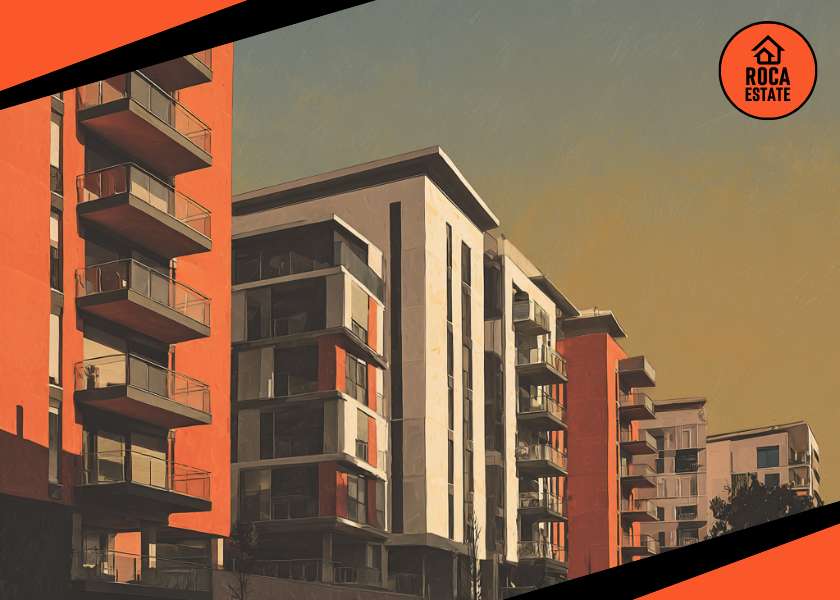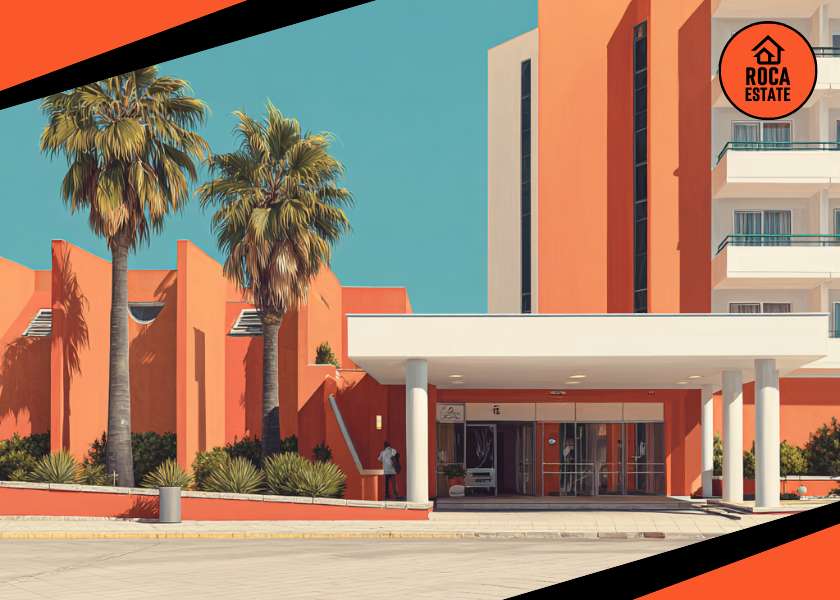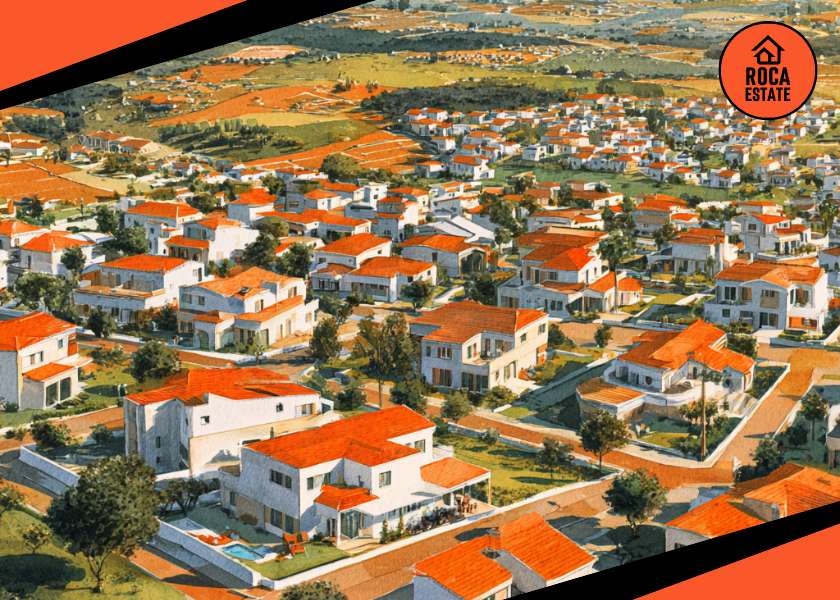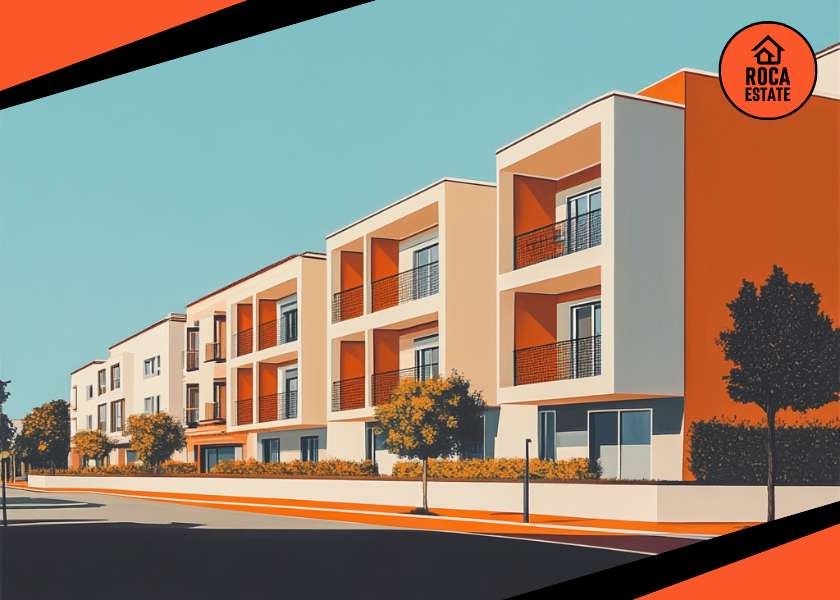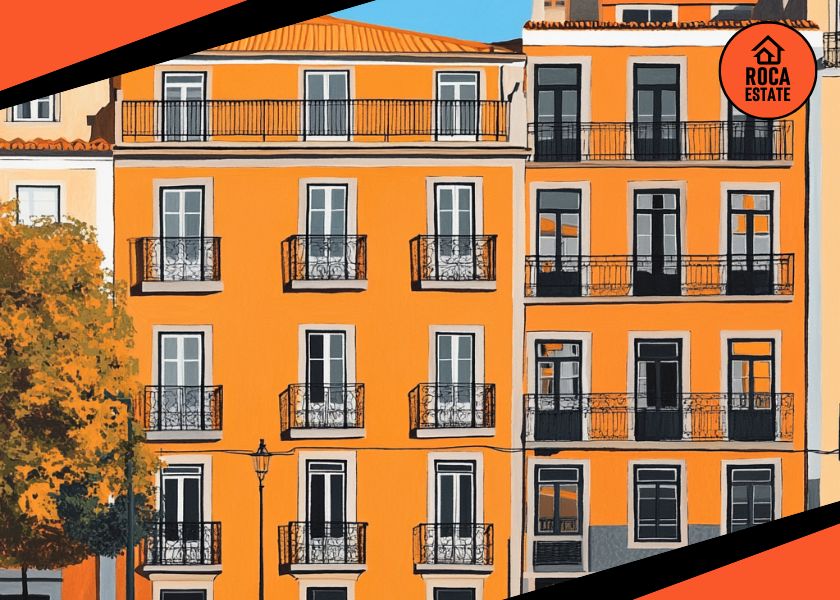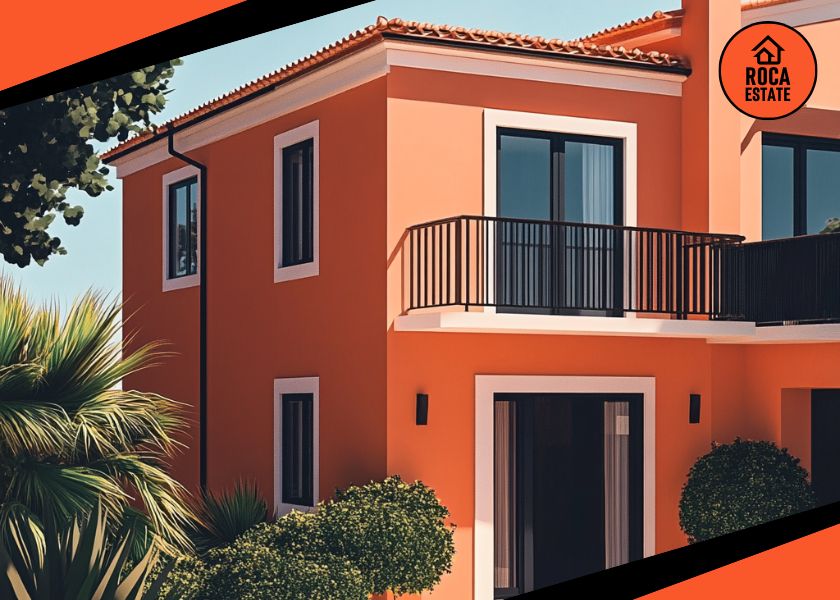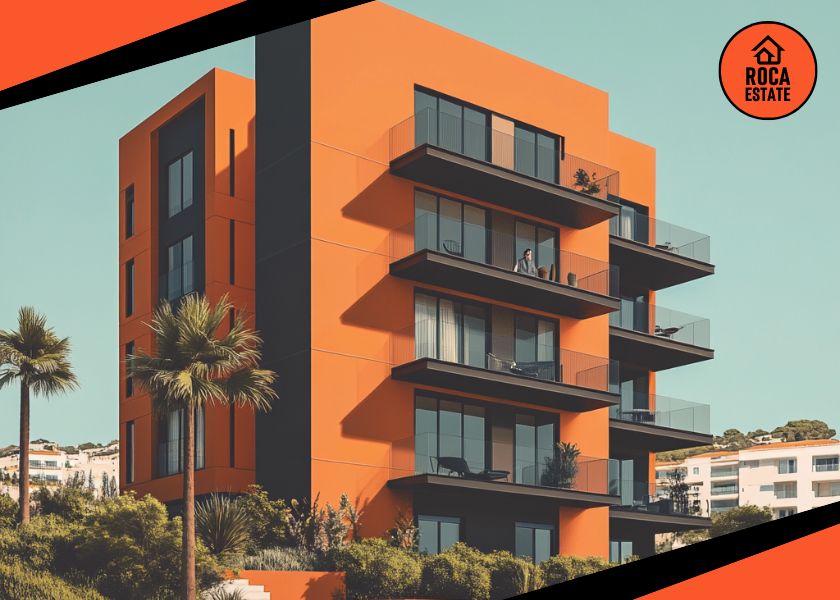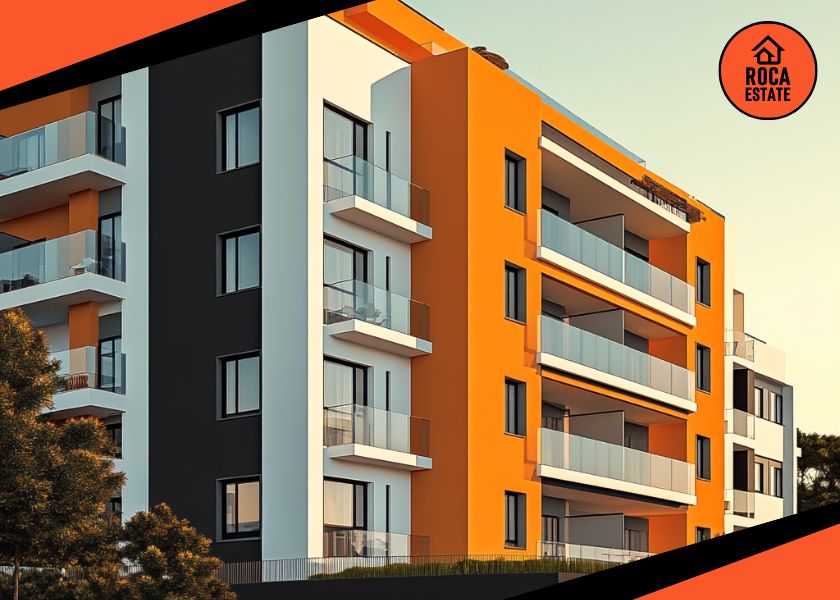Portugal’s property market closed 2024 on a strong note, registering its most vigorous growth since mid-2022. According to the latest national data, the median house price in Portugal rose to €1,870 per square meter in the fourth quarter – a 15.5% year-on-year increase. This upward trajectory, paired with a 34.2% rise in transaction volume, highlights a reinvigorated market that warrants strategic consideration from both domestic and international investors.
For stakeholders evaluating real estate investments in Portugal, these figures signal not only renewed momentum but also an increasingly segmented market where geographical and demographic nuances must guide portfolio decisions.
Key Market Performance Indicators
Transaction Volume and Price Momentum
The final quarter of 2024 saw the sale of 44,115 family dwellings, significantly surpassing the 32,881 recorded in Q4 2023. This transactional uptick contributed to the surge in prices across nearly all of Portugal’s regions. The year’s median price of €1,777/m² (based on the full 12-month cycle) further underscores a broad-based growth pattern that combines short-term acceleration with sustained long-term appreciation.
Urban Concentration and Market Acceleration
Of the 24 municipalities with populations over 100,000, 19 experienced accelerating price growth, up from 13 in Q3. Standouts include Funchal (Madeira), which posted a staggering +51.1% year-on-year increase in median price, and Matosinhos, where growth accelerated by over 21 percentage points from the previous quarter.
Lisbon, Cascais, and Oeiras continue to dominate the pricing hierarchy, registering median prices of €4,425/m², €4,201/m², and €3,622/m² respectively. Notably, Lisbon alone accounted for 8,300 property sales in 2024, reaffirming its centrality to the national real estate landscape.
Investor Demand: Foreign Influence and Pricing Differentials
A key theme emerging from Q4 2024 is the growing divergence in purchasing power and behavior between foreign and domestic buyers. Properties purchased by foreign tax residents reached a median value of €2,553/m² – 13.9% higher than the prior year and significantly above the €1,841/m² median paid by domestic buyers.
The disparity is even more pronounced in prime urban regions. In Greater Lisbon, foreign buyers paid a 65% premium over local purchasers; in the Porto Metropolitan Area, the gap was 35.7%. This premium pricing reflects international demand for premium locations and newly built dwellings, and reinforces the need for investors to assess the implications of dual pricing structures on asset liquidity and valuation trajectories.
Regional Deep Dives: Strategic Opportunities and Risks
Madeira and the Algarve
The Autonomous Region of Madeira emerged as a breakout market, with median prices surging by 54.9%. The rise was largely driven by a fourfold increase in new dwelling sales, which accounted for nearly 44% of total transactions in the region – a stark contrast to the 17.4% share in Q4 2023. This shift underlines Madeira’s evolution from a niche market to a strategic investment zone, albeit one that may face overheating risks if supply fails to keep pace.
The Algarve continues to attract international capital, with 14 out of its 16 municipalities posting median prices above the national average. With values topping €2,800/m² and strong seasonal rental potential, the region remains a core play for investors prioritizing yield and second-home market dynamics.
Lisbon and Porto: Depth, Resilience, and Premium Segmentation
Lisbon and Porto, accounting jointly for over 13,000 transactions in 2024, remain Portugal’s most resilient and liquid markets. In Lisbon, several parishes – including Santo António and Marvila – surpassed €5,400/m². In Porto, the parishes of Foz do Douro and Massarelos recorded strong performance, with median prices exceeding €3,900/m² and healthy growth indicators.
Crucially, both cities show increasing differentiation between typologies and conditions of dwellings. New builds command significant premiums, particularly in Cascais (€5,132/m²) and Lisbon (€5,035/m²), underscoring the need for project-level due diligence.
Institutional Sector Trends and Asset Class Segmentation
The report provides valuable segmentation by buyer type. Purchases by households reached a median price of €1,905/m², reflecting a 16.4% increase year-on-year. Institutional buyers, on the other hand, paid €1,563/m² – a more modest 4.2% increase – suggesting a more cautious approach or preference for lower-cost units with development potential.
Such discrepancies open arbitrage opportunities for investors able to identify and reposition underpriced assets, especially those targeting mid-income housing or long-term rental segments.
Outlook for 2025: Investment Themes and Monitoring Priorities
1. Yield vs. Capital Appreciation Trade-Offs
As price growth moderates in core areas, yield-based strategies may outperform in secondary cities or emerging sub-regions. The Beiras and Serra da Estrela and Alentejo Litoral sub-regions, for example, recorded both rising transaction volumes and relative affordability.
2. Rental Market Dislocations
There is growing evidence of rental overvaluation in urban markets. In municipalities such as Lisbon, Cascais, and Oeiras, rental yields have diverged from historical norms, potentially signaling regulatory risk or affordability constraints. The correlation coefficient between rental and purchase prices (0.93) suggests that this imbalance is statistically significant and should be watched closely.
3. New Construction as a Strategic Differentiator
Markets with high new build activity, such as Madeira and Campanhã (in Porto), are exhibiting stronger appreciation rates. Investors with development capabilities should monitor building permit trends and urban planning regulations to capitalize on this premium.
4. Geo-Specific Risk Management
While headline numbers are strong, municipal-level volatility is increasing. Price drops in select Lisbon parishes (e.g., Santo António, Marvila) serve as cautionary examples of localized correction risk. Risk management strategies should integrate granular data analysis, particularly when deploying capital into premium segments.
Strategic Conclusion: Portfolio Calibration in an Evolving Market
Portugal’s housing market enters 2025 with strong fundamentals but diverging sub-trends. For professional investors, the challenge lies in filtering through headline growth to identify actionable, risk-adjusted opportunities.
Key takeaways for market participants include:
- Targeting demand-driven urban cores, while selectively exploring undervalued regional centers.
- Factoring in pricing premiums paid by foreign buyers, especially in liquidity planning.
- Distinguishing between new and existing stock as performance bifurcation continues.
- Watching rental market trends for signals of regulatory intervention or yield compression.
A data-led, geographically nuanced approach will be critical to capturing value in a market where general optimism is tempered by emerging complexity.
Ready to explore high-performance investment opportunities across Portugal? Connect with Roca Estate and discover the latest market insights.


